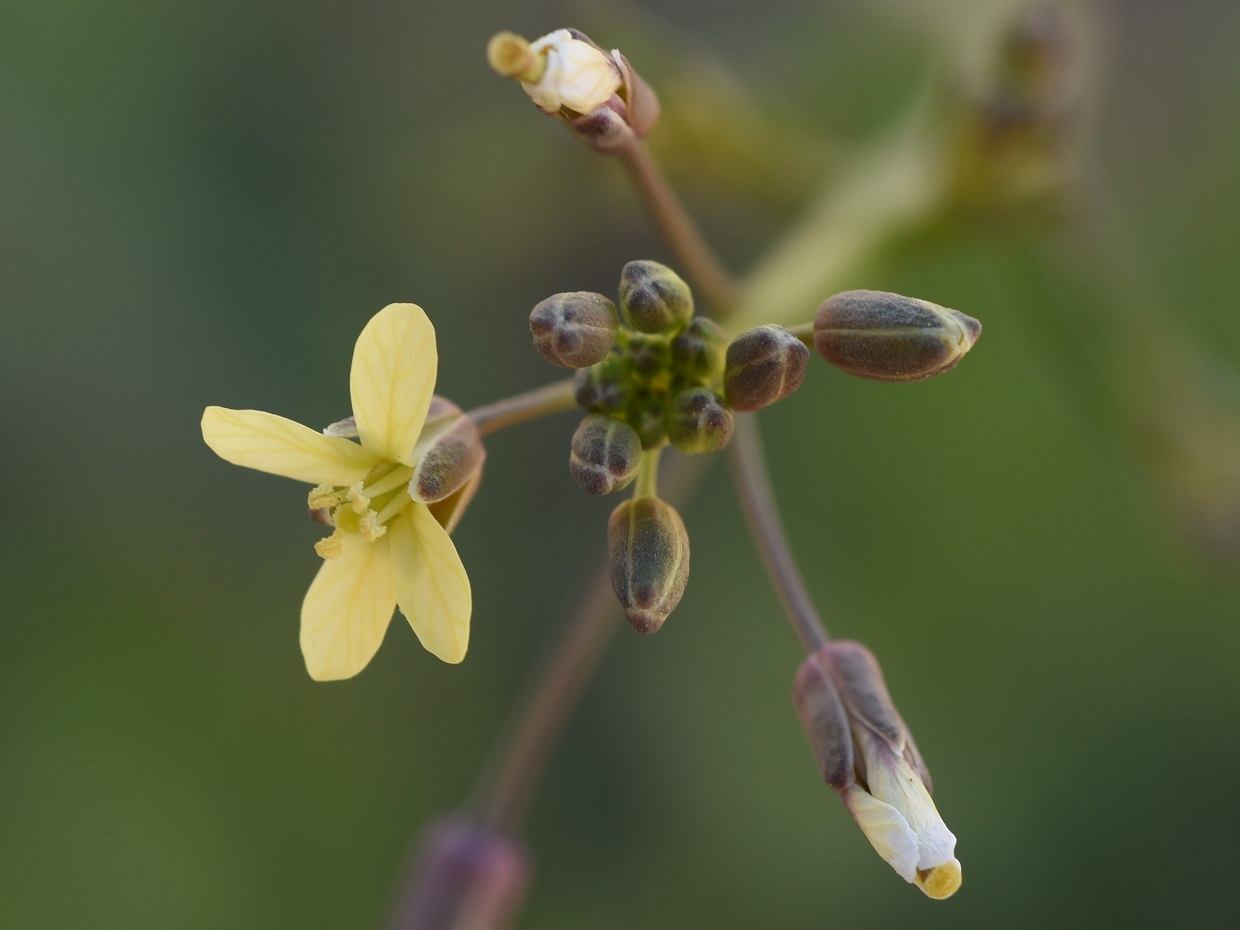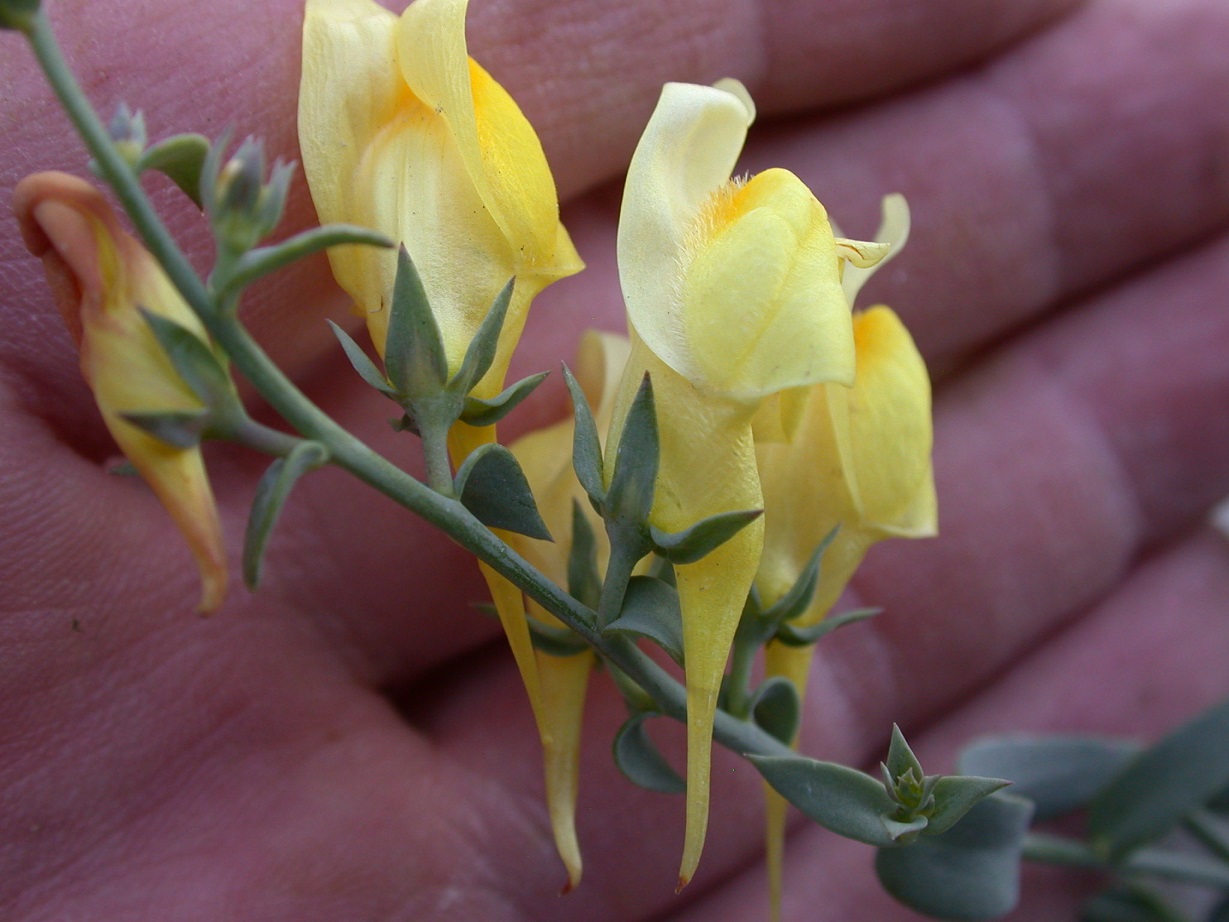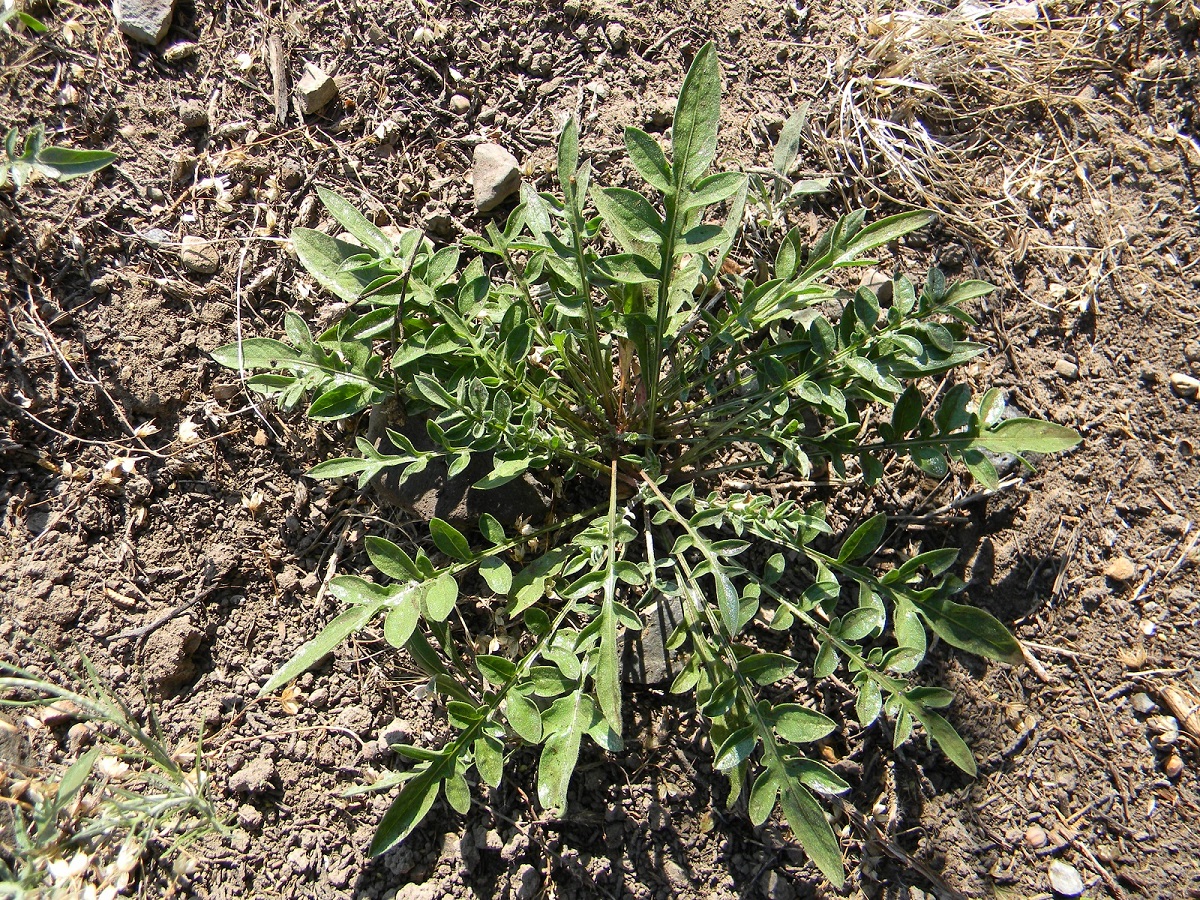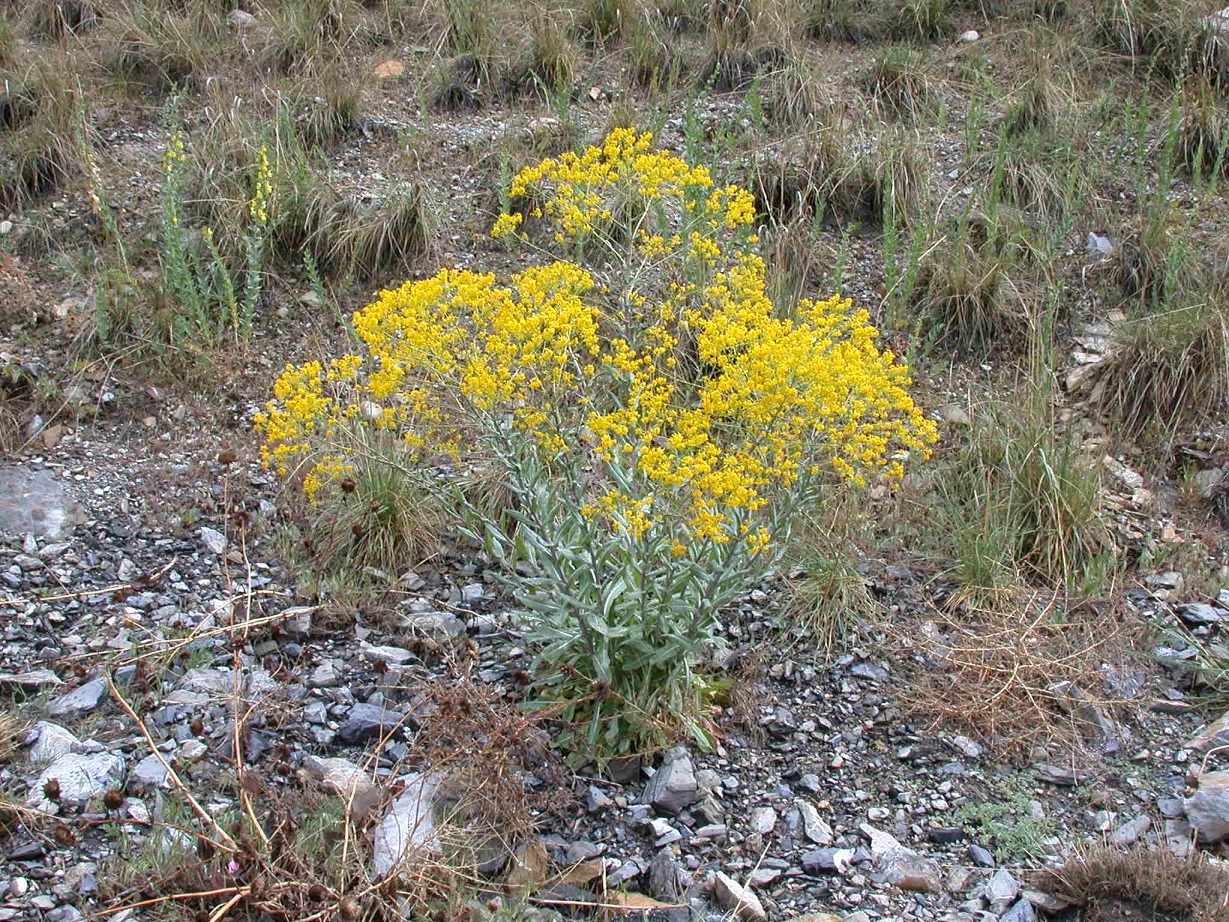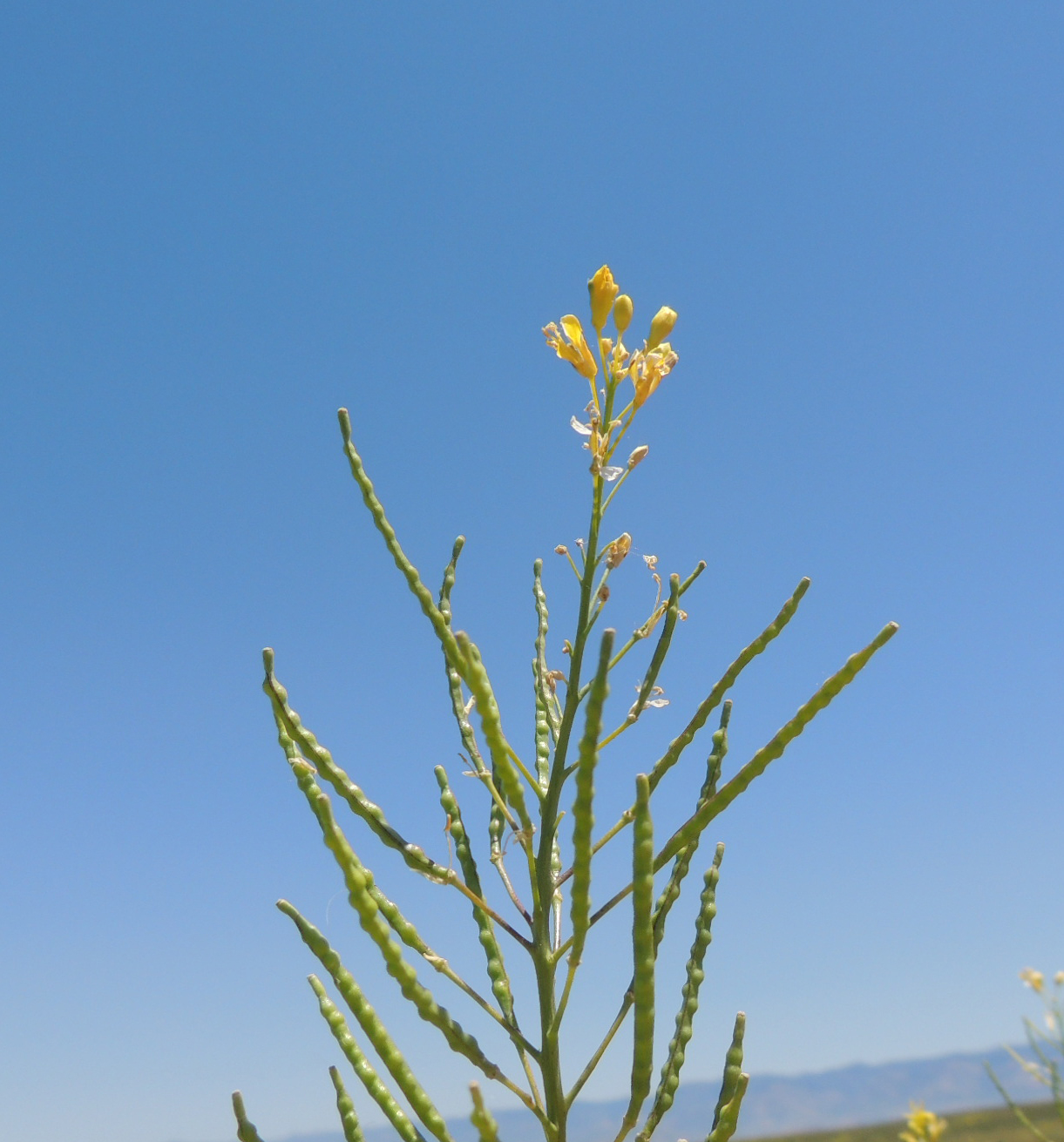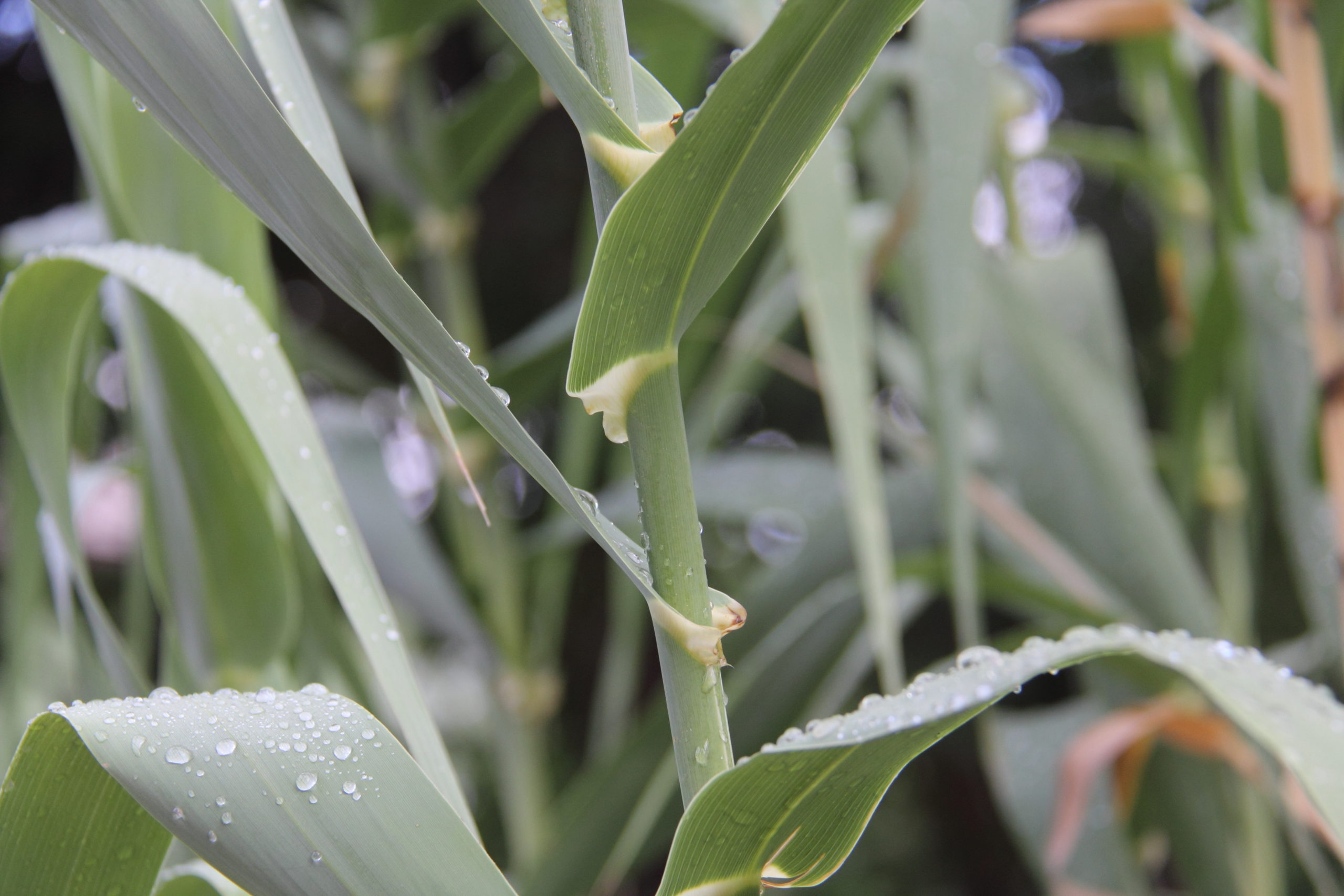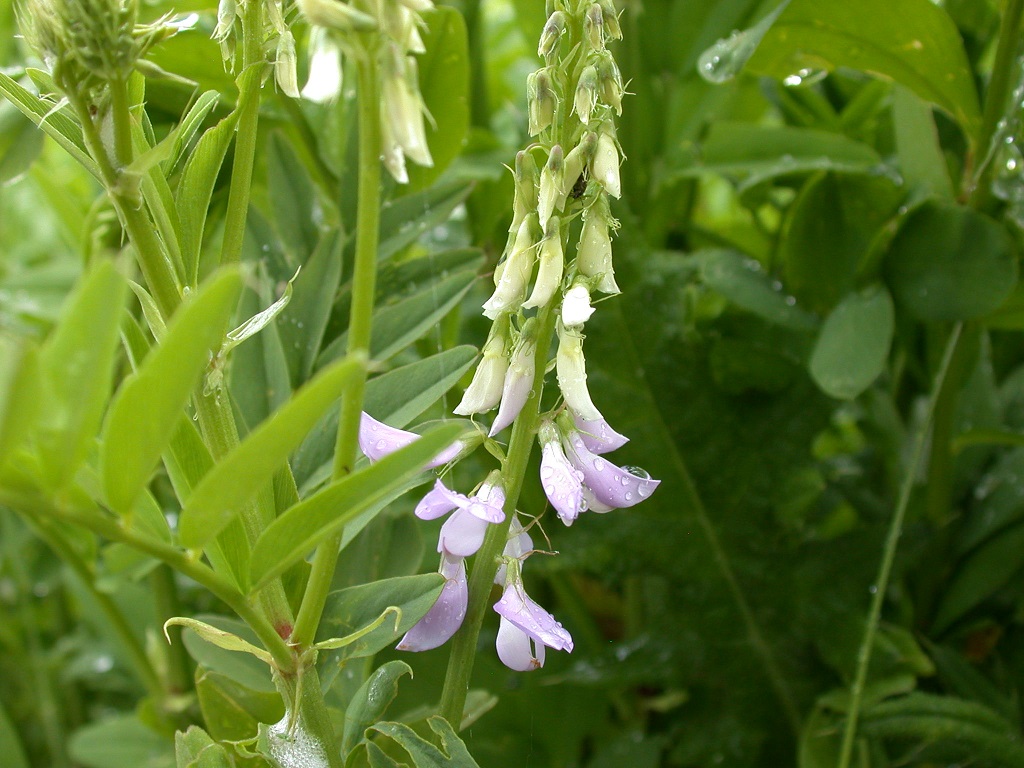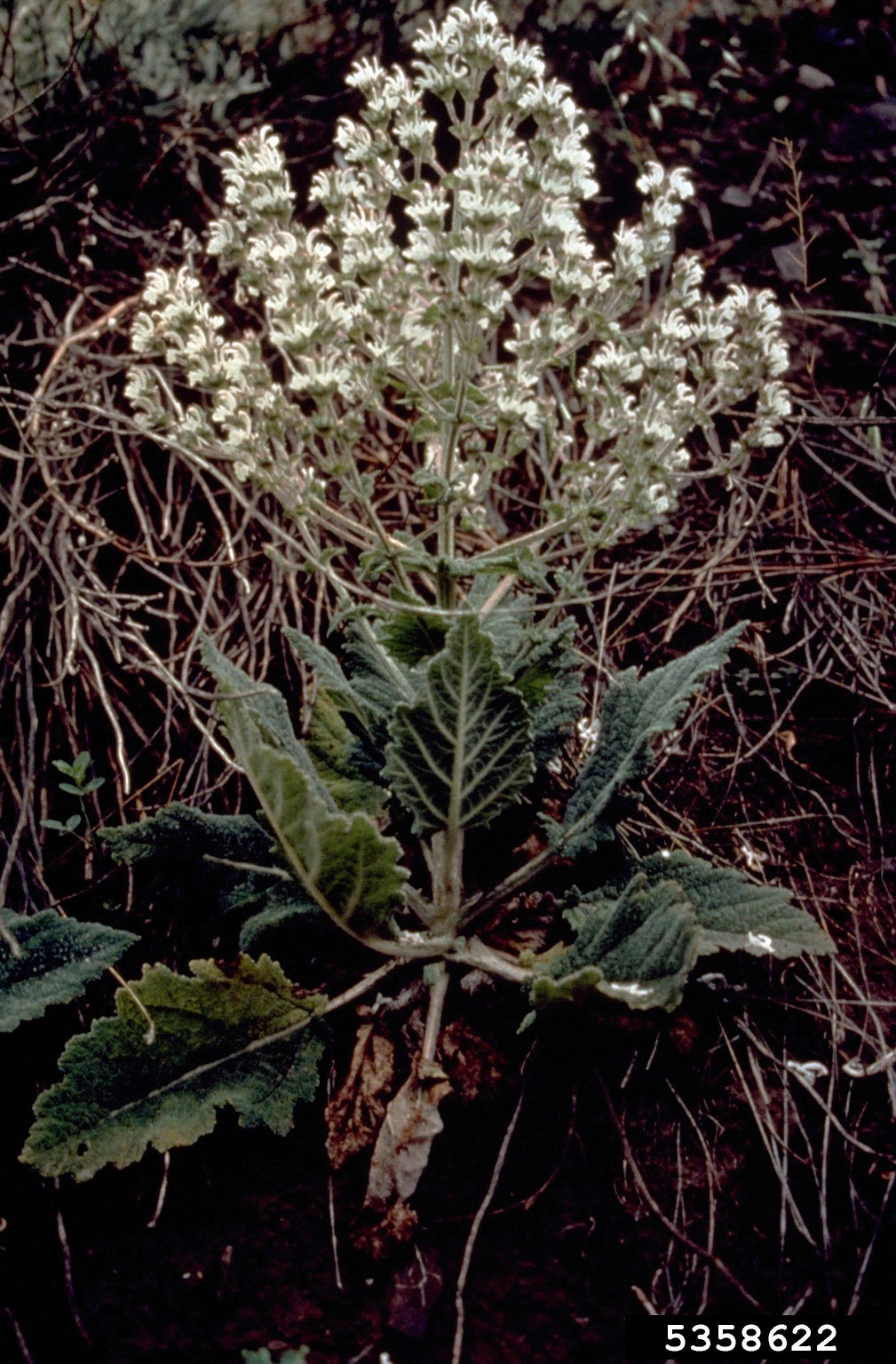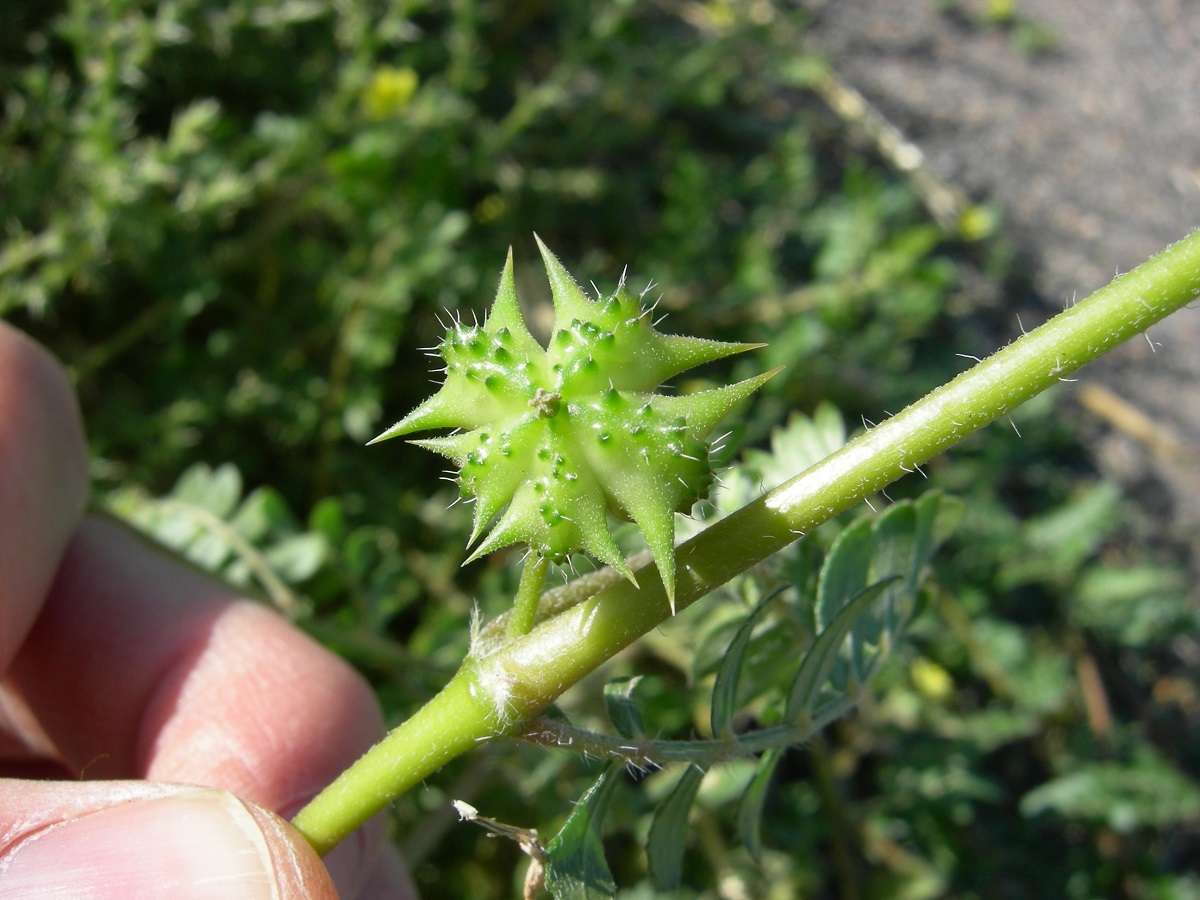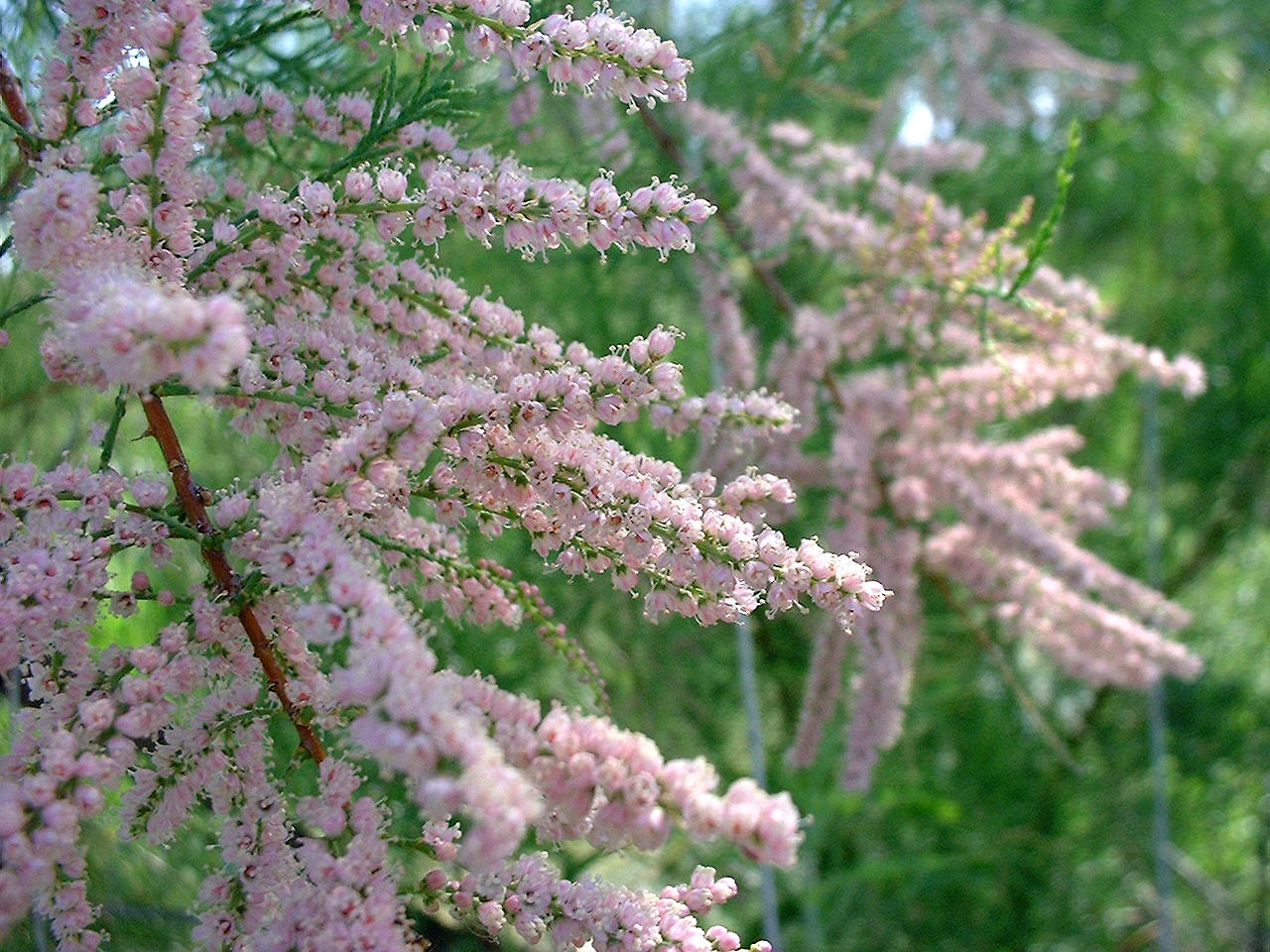Vipers Bugloss
- Scientific Name: Echium vulgare
- Other Common Name: Blueweed
BACKGROUND: Native to Eurasia, vipers bugloss is found in pastures, along roadsides and waterways, and in disturbed areas. It thrives in poor soil. The plant’s stiff hairs can cause skin irritation in humans, and it is toxic and unpalatable to horses and cattle. It is also a known host of several crop diseases.
DESCRIPTION : A deeply tap rooted biennial or short-lived perennial that grows 1-3 feet tall. Stems and leaves are rough and hairy. Stems are speckled purple and bear lance-shaped leaves. Flowers are borne on curling clusters that branch off the main stem. Flower buds are pink, but blooming flowers are bright blue and funnel-shaped. Each flower produces four seeds, which are viable up to 3 years.
CONTROL: Maintaining fertile soil and healthy desirable vegetation can reduce the plant’s establishment. Pull or dig the plant before seeds set, and remove the tap root. Herbicides can be effective.







